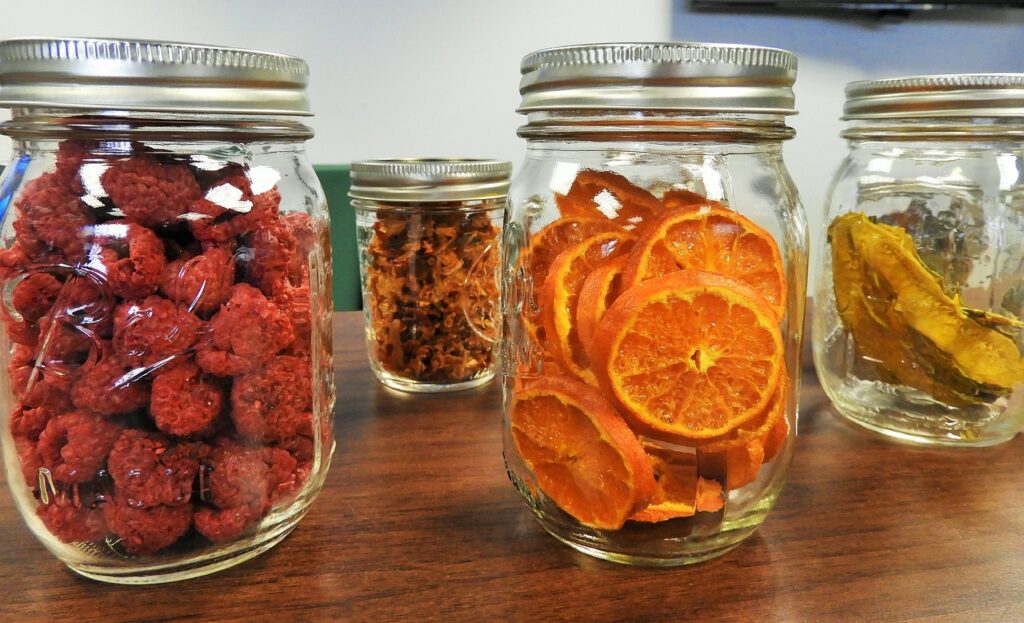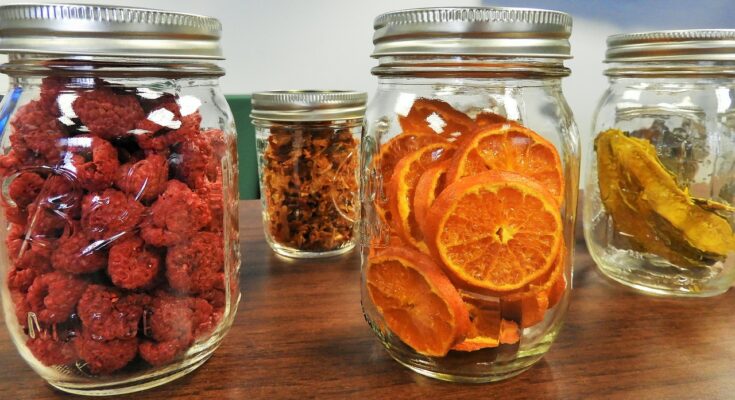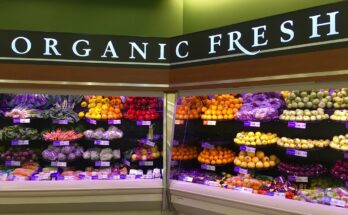Do you ever wonder how the food you eat goes from the farm to your plate? Understanding the basics of the food processing industry can give you a glimpse into this fascinating journey. Food processing plays a crucial role in ensuring that the food we consume is safe, convenient, and enjoyable. From harvesting crops to packaging finished products, this industry employs various techniques and technologies to transform raw materials into the food we love.
In this article, we will take you on a journey from farm to fork, providing an overview of the food processing process. We will explore the different techniques and technologies used in this industry, highlighting their role in maintaining the safety and quality of food products.
Additionally, we will discuss future trends in the food processing industry, giving you a glimpse into the exciting developments that lie ahead.
So, if you’re curious about the behind-the-scenes of the food you eat, keep reading to gain a deeper understanding of the basics of the food processing industry.
The Importance of Food Processing
You can’t fully appreciate the importance of food processing until you see the vast quantities of raw ingredients being transformed into delicious, ready-to-eat meals. Food processing plays a crucial role in ensuring that food is safe, nutritious, and readily available to consumers.
It involves a series of techniques and methods that help extend the shelf life of food, preserve its quality, and enhance its flavor. Without food processing, we wouldn’t have access to a wide variety of food products, including canned goods, frozen meals, and packaged snacks.
Moreover, food processing helps in reducing food waste by utilizing surplus produce and turning it into value-added products. This industry also provides employment opportunities and drives economic growth.
So next time you enjoy a meal, remember the vital role that food processing plays in bringing it to your plate.
From Farm to Fork: An Overview of the Process
Starting at the farm and ending at the dinner table, the journey of our food involves a complex and fascinating process.
It all begins with the farmers who cultivate and harvest the crops or raise the animals that become our food. Once the raw ingredients are obtained, they undergo various processing steps to ensure safety, quality, and preservation. These steps may include washing, cutting, grinding, and packaging.
Then, the processed food is transported to distribution centers and eventually to grocery stores or restaurants. At the consumer level, we purchase the food, prepare it in our kitchens, and enjoy it with our families and friends.
From the farm to the fork, each step in the food processing journey plays a crucial role in providing us with the nourishment we need.
Techniques and Technologies in Food Processing
Utilizing innovative techniques and cutting-edge technologies, the journey of our food from farm to fork involves a mesmerizing array of processes and advancements that ensure safety, quality, and preservation. Food processing techniques play a crucial role in transforming raw materials into edible products.
One common technique is freezing, which helps preserve the nutritional value and freshness of fruits, vegetables, and meat. Another popular technique is canning, which involves sealing food in airtight containers to prevent spoilage. This method extends the shelf life of products such as soups, sauces, and fruits.
Additionally, food processing technologies such as pasteurization and sterilization help eliminate harmful bacteria and prolong the shelf life of dairy products and canned goods. These techniques and technologies are constantly evolving, driven by the goal of providing consumers with safe and high-quality food products.
Ensuring Safety and Quality in Food Products
Ensuring the safety and quality of our food products is a critical aspect of the ever-evolving journey from farm to fork. With advancements in technology and strict regulations, the food processing industry has implemented various measures to guarantee that the food we consume meets the highest standards.
Quality control starts right from the sourcing of raw materials, where thorough inspections and certifications ensure their suitability for processing. Stringent hygiene practices are followed throughout the production process, including proper cleaning, sanitization, and maintenance of equipment and facilities.
Regular testing and monitoring of both raw materials and finished products are conducted to detect any potential contaminants or defects. Additionally, traceability systems are in place to identify the origin and journey of each product, allowing for prompt recalls or investigations, if necessary.
By adhering to these practices, the food processing industry ensures that consumers can have confidence in the safety and quality of the food they consume.
Future Trends in the Food Processing Industry
Looking ahead, the food processing industry is on the cusp of exciting advancements that will revolutionize the way we produce and consume our favorite foods. Technology will play a crucial role in shaping the future of this industry.
One major trend is the use of automation and robotics in food processing plants. These advancements will increase efficiency, reduce labor costs, and ensure consistent quality in food production.
Another trend is the growing demand for sustainable and environmentally-friendly practices. Consumers are becoming more conscious of the impact of food processing on the environment, and companies are responding by implementing eco-friendly initiatives such as reducing food waste and using renewable energy sources.

Additionally, there is a rising interest in personalized nutrition and functional foods, with advancements in biotechnology allowing for the creation of tailor-made products that cater to individual dietary needs.
With these exciting developments, the food processing industry is poised for a future of innovation and growth.
Conclusion
In conclusion, you now have a better understanding of the basics of the food processing industry. You’ve learned about the importance of food processing and how it ensures that safe and quality products reach your plate.
From the farm to your fork, you’ve gained insight into the various techniques and technologies involved in the process.
Remember to stay informed about future trends in the industry as it continues to evolve.




